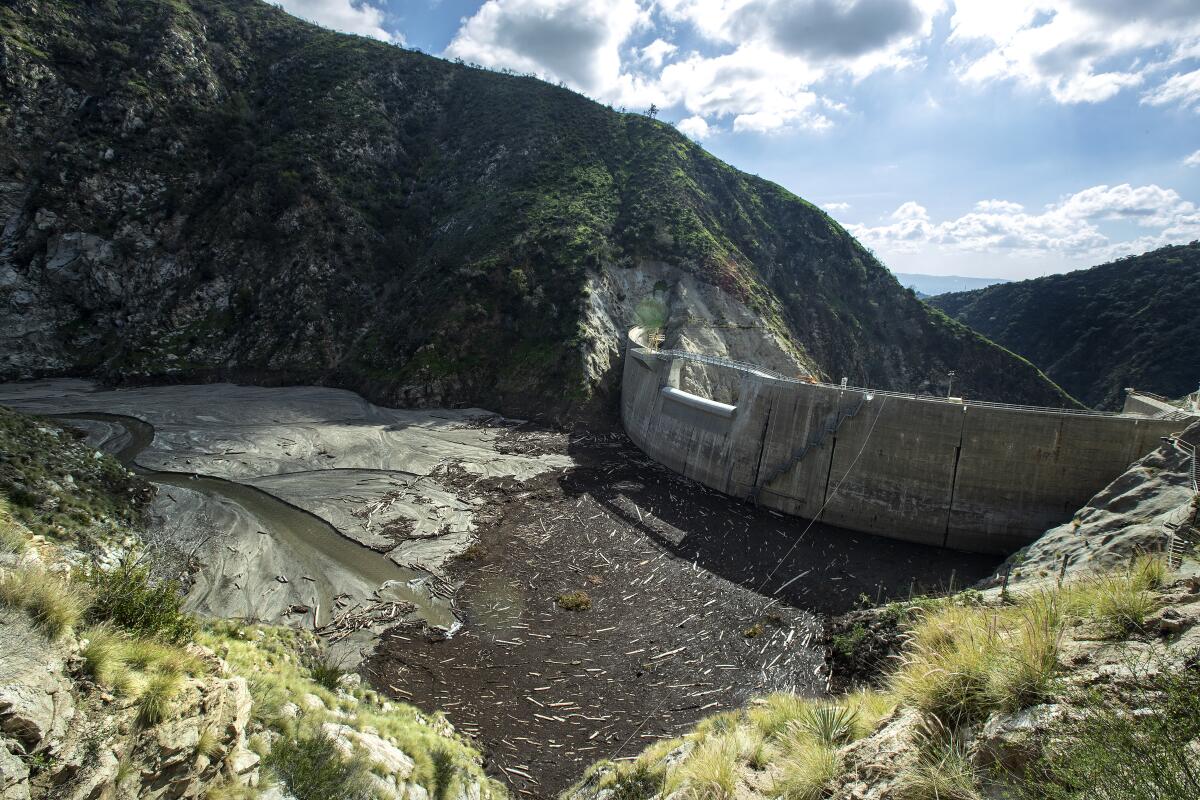Aging infrastructure poses significant risks, particularly when it comes to dams. In California, which is home to 867 high-hazard dams, concerns are mounting over the safety of these structures. An analysis of data from the Army Corps of Engineers’ National Inventory of Dams, updated in October 2023, highlights counties with the highest risks due to their aging dams and inadequate maintenance. This article delves into the counties where these risks are most pronounced, based on the potential danger posed by high-hazard dams.

Counties with Significant Risks
1. Glenn County:
- Total high-hazard dams: 1
- Number potentially dangerous: 1 (100%)
- Condition: 1 condition withheld
2. Tehama County:
- Total high-hazard dams: 1
- Number potentially dangerous: 1 (100%)
- Condition: 1 condition withheld
3. Humboldt County:
- Total high-hazard dams: 1
- Number potentially dangerous: 1 (100%)
- Condition: 1 in poor condition
4. Mariposa County:
- Total high-hazard dams: 7
- Number potentially dangerous: 6 (85.7%)
- Condition: 6 condition withheld
5. Yuba County:
- Total high-hazard dams: 6
- Number potentially dangerous: 5 (83.3%)
- Condition: 5 condition withheld
6. Imperial County:
- Total high-hazard dams: 6
- Number potentially dangerous: 5 (83.3%)
- Condition: 5 condition withheld
7. San Joaquin County:
- Total high-hazard dams: 10
- Number potentially dangerous: 8 (80.0%)
- Condition: 8 condition withheld
8. Trinity County:
- Total high-hazard dams: 5
- Number potentially dangerous: 4 (80.0%)
- Condition: 4 condition withheld
9. Nevada County:
- Total high-hazard dams: 26
- Number potentially dangerous: 20 (76.9%)
- Condition: 20 condition withheld
10. Shasta County:
- Total high-hazard dams: 24
- Number potentially dangerous: 18 (75.0%)
- Condition: 1 in poor condition, 1 not rated, 16 condition withheld
High-Hazard Dams and Their Implications
The term “high-hazard” is applied to dams whose failure could result in significant loss of life or property. In California, the classification includes dams with poor or unsatisfactory conditions, those lacking inspections, or those with withheld ratings. The situation is dire in counties where a significant percentage of dams fall into these categories.
For instance, in Glenn County, the only high-hazard dam has a condition rating withheld, posing a potential risk to nearby communities. Similarly, Tehama County and Humboldt County face similar issues with their limited number of high-hazard dams, which are either not rated or in poor condition. These examples underscore the urgent need for regular inspections and maintenance.
Implications of Withheld Information
A considerable number of dams across these counties have their condition ratings withheld, which complicates efforts to assess and address potential risks. Withheld information can stem from various reasons, including state agency policies, resource constraints, or security concerns. The lack of transparency impedes the ability of local authorities and residents to fully understand and mitigate risks.
In counties like Placer and Butte, where high percentages of dams are either not rated or have conditions withheld, the potential for dangerous situations increases. In Placer County, for example, 66.7% of its high-hazard dams fall into these categories, representing a significant risk factor.
Efforts and Challenges in Addressing Dam Safety
The failure of the Lake Delhi Dam in Iowa in 2010, which led to widespread flooding and highlighted the vulnerabilities of aging infrastructure, serves as a stark reminder of the potential consequences of dam failures. Although the dam was reconstructed and now holds a satisfactory rating, its past failure illustrates the critical need for continuous monitoring and timely upgrades to prevent disasters.
The situation in California is exacerbated by climate change, which increases the frequency and severity of flooding events. This trend emphasizes the importance of addressing the condition of high-hazard dams and ensuring that they meet modern safety standards.
Conclusion
The data from the National Inventory of Dams provides a clear picture of the risks associated with aging infrastructure in California. Counties with high percentages of potentially dangerous high-hazard dams, particularly those with withheld ratings or poor conditions, face significant threats. Addressing these issues requires increased transparency, regular inspections, and proactive maintenance to protect residents and mitigate potential disasters.